Share This
Album at a Glance
Tags
Related Posts
Viaggio Musicale - Italian Music of the 17th Century
Posted by Paul Ballyk on Apr 20, 2014 in Baroque | 2 comments
Containing some two dozen tracks of pieces by largely lesser known composers from the early Baroque, this release on Teldec's Das Alte Werk imprint is fittingly titled Viaggio Musicale (Musical Journey). It's performed by one of Italy's pioneering early music ensembles, Il Giardino Armonico, a period instrument group specializing in 17th and 18th century Italian music. Teldec's engineers have provided Il Giardino Armonico with sumptuous sonics for this recording made in March of 2000 at the Chiesa di San Giorgio, a 6th-century church located in the Swiss Alps.
All of the music on this anthology comes from Italy during the first half of the 17th century. The earliest pieces were first performed in 1607, the time when Monteverdi's Orfeo was receiving its premiere performances, and the latest are by Marco Uccellini written in 1645. Almost all of them are trio sonatas, with two solo soprano instruments - violins, flutes, cornetti or any combination of these - and basso continuo. It's quite a varied program, offering a broad spectrum of colors, textures and styles. Composers represented include Tarquinio Merula, Dario Castello, Giovanni Battista Spadi, Giagio Marini, Francesco Rognoni and Giovanni Paolo Cima as well as a few more recognizable names: Rossi, Uccellini and a brief work by Monteverdi. I've provided two tracks from the album. The first is a beautiful example of a Sinfonia in eco by Salomone Rossi (1570-1630) for two cornetti harp and organ and the second is by Franceso Rognoni (died before 1626) for violin and lute. The second track of the album is Ciaccona by Tarquinio Merula (c.1594-1665) and you can listen to it in the video below.
The Das Alte Werk line of the Teldec label celebrated its fiftieth year in 2008. In the early years, with the signing of Nikolaus Harnoncourt, Gustav Leonhardt and Franz Bruggen, Das Alte Werk was instrumental in forging a path for the burgeoning authentic performance practice. With Teldec now under the Warner Classics banner (as well as Erato and EMI), I believe we can look forward to many more fascinating reissues like this splendid recording.
'Viaggio Musicale' is an imagined 17th century musical journey through Italy from Milan to Venice The early-music ensemble Il Giardino Armonico is led by Giovanni Antonini, who doubles here on recorders. Mr. Antonini is a founder and member of the ensemble, having led it since 1989.
Source: Teldec - Das Alte Werk - Warner Classics

Il Giardino Armonico, Milano l Giardino Armonico was founded in 1985 by Giovanni Antonini (recorder), Paolo Beschi (cello) and Lorenzo Ghielmi (harpsichord), joined after a short time by the lutist Luca Pianca and the violinist Enrico Onofri, and brings together musicians from some of Europe’s leading music institutions, all of them specialized in performing on period instruments. The ensemble’s repertory is mainly focused on the 17th and 18th centuries. Depending on the demands of each programme, the group will consist of anywhere from 3 to 35 musicians. Giovanni Antonini, recorder; Enrico Onofri, violin; Luca Pianca, archlute |
|
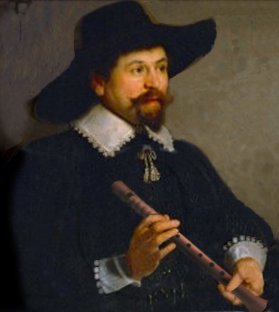 Dario Castello, composer |
Dario Castello Dario Castello (c. 1590 – c. 1658) was an Italian composer and instrumentalist from the early Baroque period who worked and published in Venice. |
 Giovanni Battista Fontana, composer |
Giovanni Battista Fontana Giovanni Battista Fontana (ca.1580/89 - ca.1630) was an Italian [Baroque] composer and violinist. Nearly all information preserved about him comes from the preface of his posthumously published 18 (sometimes incorrectly stated 12) sonatas. They are among the earliest sonatas of this form, consisting of 6 sonatas for solo violin/cornetto with continuo and 12 sonatas for one to three violins and continuo, the latter group often including a demanding concertante part for bassoon or cello. http://en.wikipedia.org/wiki/Giovanni_Battista_Fontana_(composer) |
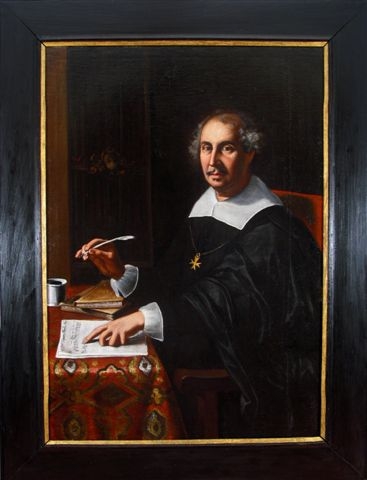 Tarquinio Merula, composer |
Tarquinio Merula Tarquinio Merula (1594 or 1595 – 10 December 1665) was an Italian composer, organist, and violinist of the early Baroque era. Although mainly active in Cremona, stylistically he was a member of the Venetian school. He was one of the most progressive Italian composers of the early 17th century, especially in applying newly developed techniques to sacred music. |
_gobqbu6fggqi4t3oqt6vqf.jpg) Claudio Monteverdi, composer |
Claudio Monteverdi Claudio Giovanni Antonio Monteverdi (15 May 1567 (baptized) – 29 November 1643) was an Italian composer, gambist, singer and Roman Catholic priest. Monteverdi’s work, often regarded as revolutionary, marked the transition from the Renaissance style of music to that of the Baroque period. He developed two individual styles of composition – the heritage of Renaissance polyphony and the new basso continuo technique of the Baroque. Monteverdi wrote one of the earliest operas, L’Orfeo, an innovative work that is the earliest surviving opera that is still regularly performed. He was recognized as an innovative composer and enjoyed considerable fame in his lifetime. |
|
Alessandro Piccinini, composer |
Alessandro Piccinini Alessandro Piccinini (30 December 1566 – ca. 1638), was an Italian lutenist and composer. He is best known for his two volumes of lute music: Intavolatura di Liuto et di Chitarrone, libro primo (Bologna, 1623) and Intavolaturo di Liuto (Bologna, 1639), the latter published posthumously by his son Leonardo Maria Piccinini. |
 Giovanni Battista Riccio, composer |
Giovanni Battista Riccio Giovanni Battista Riccio (late 16th century – after 1621) was a musician and composer of the early Baroque era, resident in Venice, most notable for his development of instrumental forms, particularly utilizing the recorder. |
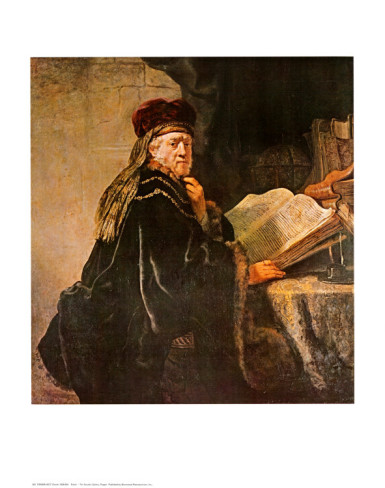 Salomone Rossi, composer |
Salomone Rossi Salamone Rossi or Salomone Rossi (ca. 1570 – 1630) was an Italian Jewish violinist and composer. He was a transitional figure between the late Italian Renaissance period and early Baroque. |
|
Marco Uccellini, composer |
Marco Uccellini Uccellini was one of a line of distinguished Italian violinist-composers in the first half of the 17th century. His sonatas for violin and continuo contributed to the development of an idiomatic style of writing for the violin (including virtuosic runs, leaps, and forays into high positions), expanding the instrument’s technical capabilities and expressive range. |
| Giovanni Paolo Cima
Giovanni Paolo Cima (c. 1570 – 1622) was an Italian composer and organist in the early Baroque era. He was a contemporary of Claudio Monteverdi and Girolamo Frescobaldi, though not as well known (then or now) as either of those men. |
|
|
Giovanni Battista Spadi - 17th century Italian composer |
|
|
Biagio Marini Biagio Marini (5 February 1594 – 20 March 1663) was an Italian virtuoso violinist and composer of the first half of the seventeenth century. His works were printed and influential throughout the European musical world. Although he wrote both instrumental and vocal music, he is better known for his innovative instrumental compositions. He contributed to the early development of the string idiom by expanding the performance range of the solo and accompanied violin and incorporating slur, double and even triple stopping, and the first explicitly notated tremolo effects into his music. He was also among the first composers, after Marco Uccellini, to call for scordatura tunings. At least some, and perhaps a great deal, of his output is lost, but that which survives exhibits his inventiveness, lyrical skill, harmonic boldness, and growing tendency toward common practicetonality. In addition to his violin works, he wrote music for the cornet, bassoon, and trombone. |
|
|
Francesco Rognoni Francesco Rognoni [of] Taeggio (born in Milan second half of the 16th century – died after 1626) was an Italian composer. He was active in Milan, but had connections with royalty from as far abroad as Archduke Charles of Austria, and King Sigismund III Vasa of Poland. Rognoni was a Papal Knight and hereditary Palatine Count. He published both collections of his works and treatises. His most famous work was Selva de varii passaggi, on both vocal and violin technique, and on how to ornament. |
|
![]() About Paul Ballyk
About Paul Ballyk
all about Paul
Twitter •
| Thinking about purchasing this album?
Follow this link for more album details or to make the purchase. Buy it now |
“Not just recommended. Guaranteed.”
We stand behind every album featured on Expedition Audio. Our objective is to take the monetary risk out of music exploration. If you order this album from HBDirect.com and do not like it you can return it for a refund.
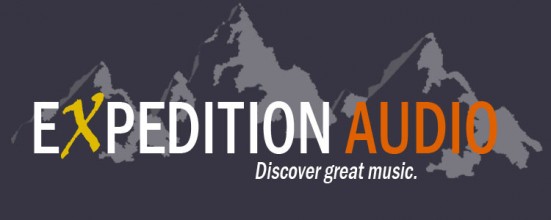




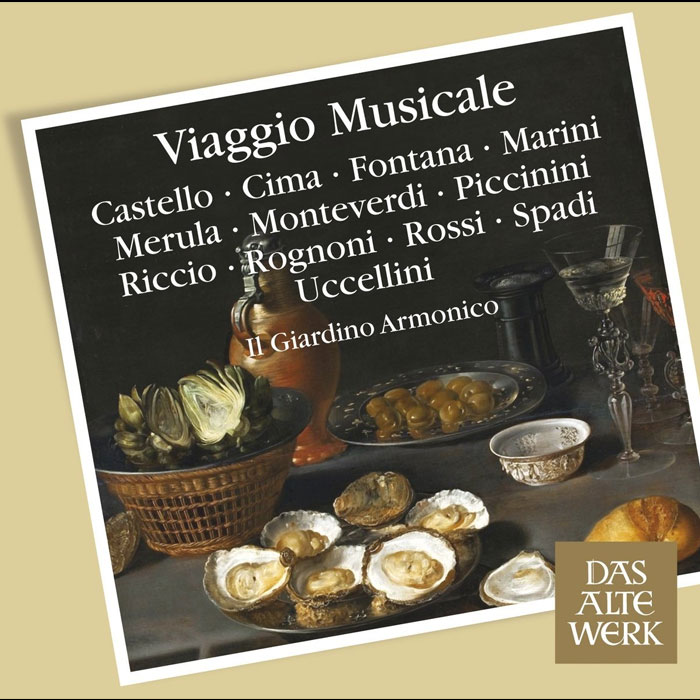
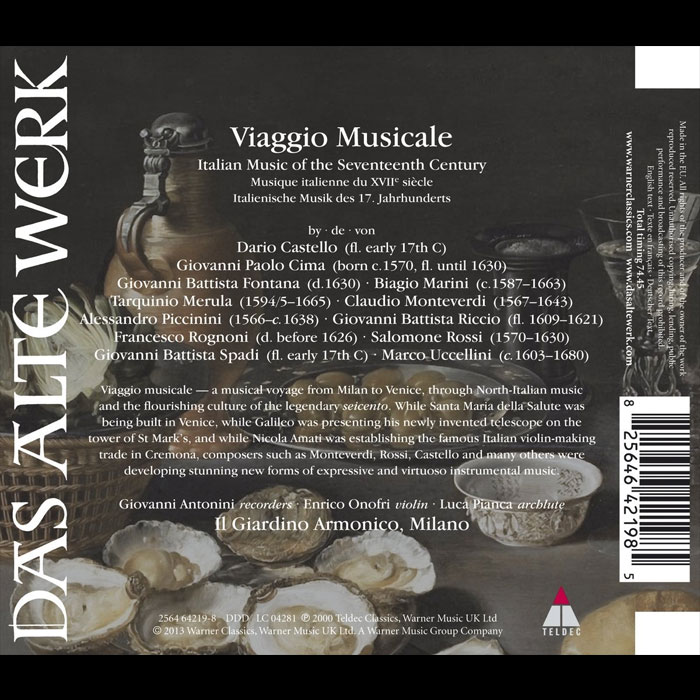

Thanks for alerting me to this Baroque extravaganza!
It’s our pleasure! I’m glad you enjoy it.
-Peter, at Expedition Audio